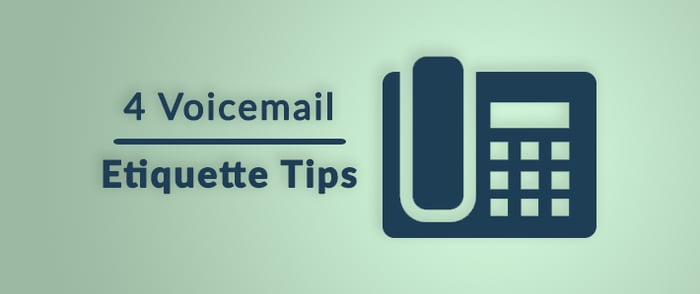
Why bother, you might ask? Some experts estimate that as much as 75% of business calls end up in voicemail. Voicemail etiquette is key to securing good relationships. And, good voicemail manners create good relationships.
With limited resources, churches have always been forced to think about how to maximize the impact of their staffing dollars, and use these resources to their full potential. As a result, churches may minimize the amount of staff while at the same time increase the impact and maximize the potential of their staff. This leave little time for the traditional receptionist to answer the phone let alone staff the switchboard operator position from long ago.
It Starts With the Church’s Main Voicemail
The main greeting is used as the default voicemail greeting. Since you never know when this type of greeting will be heard, it is best to be brief and to avoid dates and timeframes for return calls.
Voicemail greetings set a tone for how callers will perceive you and your congregation, and are subtle and easy ways to foster positive relationships. Upbeat messages that are short and to the point are best. And don't rush through your message. Be efficient but relaxed and take your time.
You should include the following (if available):
- Greeting
- Name of your congregation
- Church office hours
- Service times
- Contact number for immediate assistance (emergency)
- Invitation to leave a message
- Expectation for return phone call
In addition, many congregations have the following options for their voicemail:
- Ability to transfer to a specific person/department either by extension or name
- Change greeting to accommodate holidays or other days when you are closed
- Temporary out of the office greeting
Your greeting should be no longer than 30 seconds.
Your Personal Voicemail
Most of us have cell phones if not smart phones. And, not only do these phones replace our home land lines, but in many cases, they are replacing our business phone lines.
Here are some tips:
- Please do – always – have a personalized greeting on your phone. Those calling you need to know that they have reached the person they intended to. Leaving a message on the wrong person’s phone can put both the caller and intended recipient in an awkward situation.
- Smile when speaking to create your greeting. It really makes a difference in the tone of your voice.
- Do not say how important the incoming call is to you. It’s too overused.
- Provide an expectation for a return phone call.
- Be professional and allow your co-workers and grandmother to feel comfortable when hearing your greeting.
Leaving a Voicemail Message
When you leave a message on someone else’s voicemail, the first thing to do — before leaving the message — is give your name, your company affiliation (if related), your telephone number, and the date and time of your call. Then, leave a short message that's direct and to the point. At the end of the message, repeat your name and your phone number, slowly.
Be polite. Be courteous. Be compassionate. This is an opportunity to engage positively with someone.
Returning Phone Calls
There’s a frustration when calling someone, especially on an important issue - getting their voicemail, yet receiving no return phone call or worse yet, a full mailbox where you can’t leave a message. Here are some ways to properly respond to voicemails:
- Clear your voicemails so your mailbox is not full.
- Return the call. Even if it’s just a 30-second conversation, return the call.
These may seem obvious and simple to most of us. Then again, how many of us have experienced bad voicemail etiquette? There are people in your community who right now may be trying to reach you.
Showing God’s mercy and compassion through your voicemail messages and response to them. Don’t let this opportunity slip by.
For other helpful ideas and topics, visit the CTS Blog Technology & Your Ministry.
























